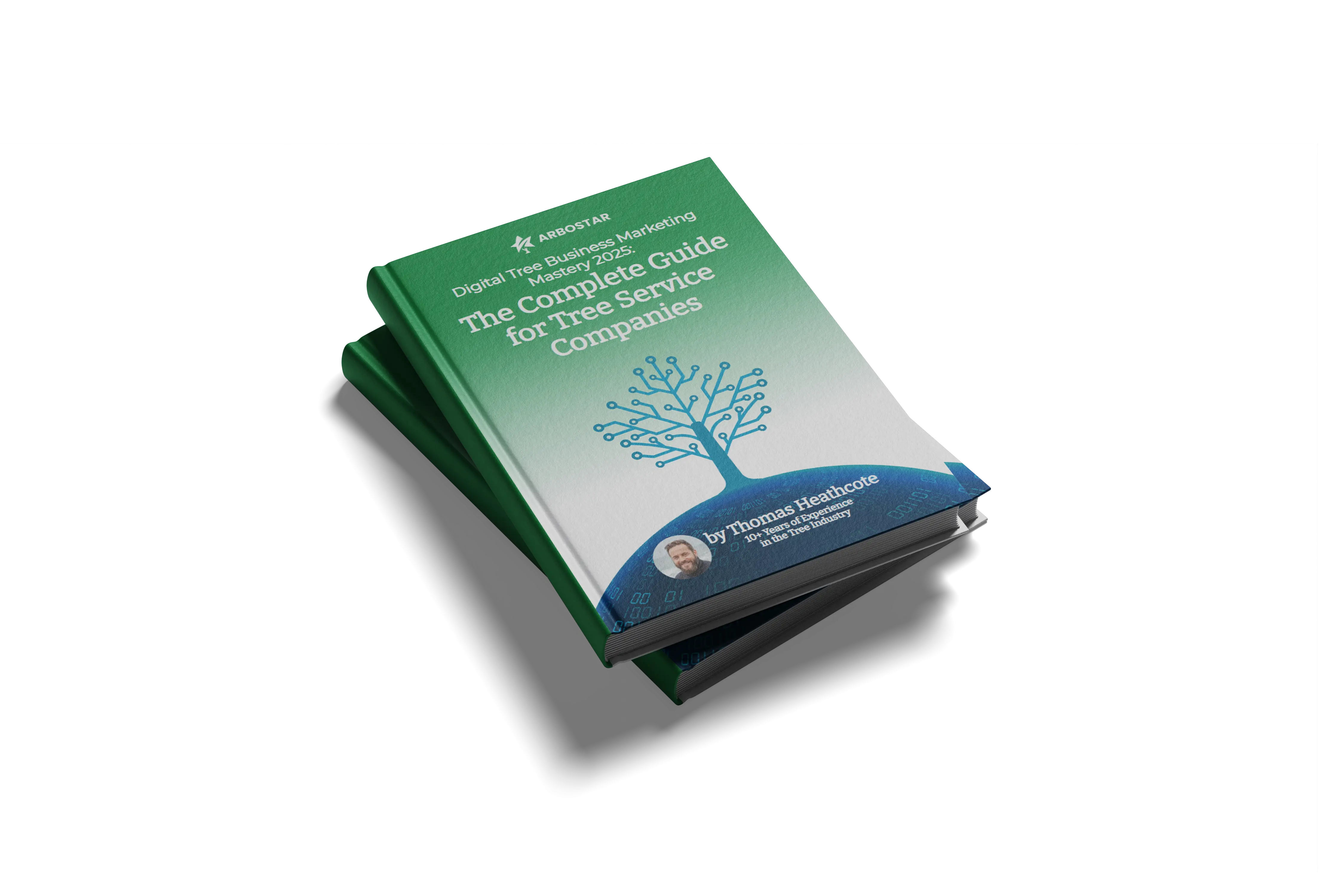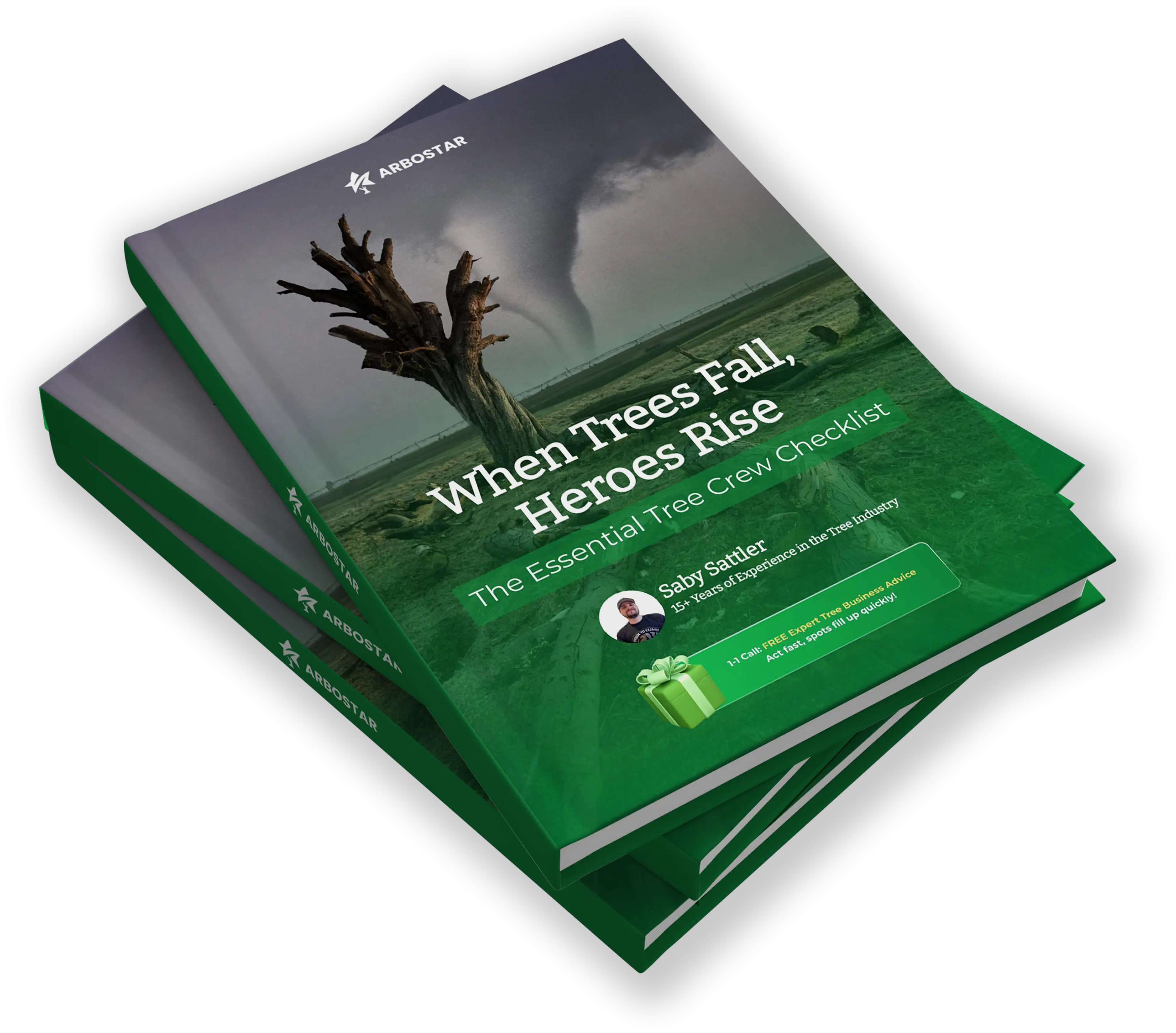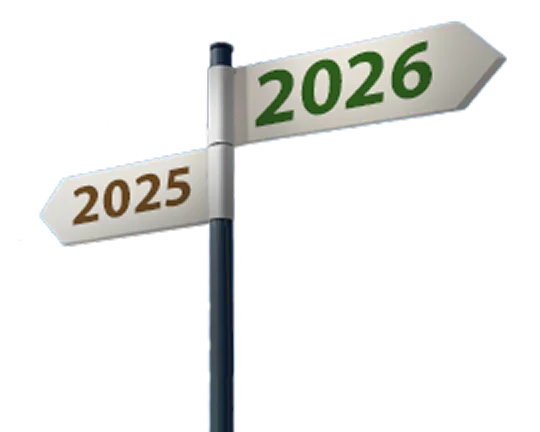Why Large Tree Care Companies Lose Money Without CRM

Running a large tree care company isn’t just about cutting trees. Once your business grows to multiple crews, vehicles, and regions, the work in the field often becomes the easiest part. The real challenge is what happens behind the scenes, keeping everything running smoothly without losing money to inefficiencies.
For many large tree care companies, the cracks appear in the same places: missed calls from potential clients, jobs scheduled on top of each other, billing errors that hold up cash flow, and too many hours wasted on paperwork. Each issue alone seems small. But together, they add up to millions in hidden losses every year.
This is where a tree care CRM changes the game. Far from being “just software,” a CRM designed for arborists is a control center that helps you track leads, optimize crew schedules, speed up payments, and give clients the professional experience they expect.
Let’s walk through the areas where companies lose the most money without CRM – and how a platform like ArboStar’s Arborist CRM helps turn those losses into growth.
Missed Leads Turn Into Missed Revenue
Leads come in from websites, calls, and referrals, but when your office is busy, many slip through the cracks. Without a system, sales reps rely on inboxes or handwritten notes, and competitors who respond faster win the business.
A tree care CRM captures every lead in one place, assigns it to the right person, and reminds your team when follow-ups are overdue. The result? Fewer lost opportunities and a stronger sales pipeline.

Scheduling Chaos Costs Real Money
Coordinating dozens of crews without proper tools leads to double-booked jobs, wasted fuel, and idle teams waiting for instructions. Even one wasted hour per employee per day can drain thousands from payroll annually.
With ArboStar’s scheduling tools, managers can drag and drop jobs onto a calendar, optimize routes with GPS, and give crews instant updates through mobile apps. Instead of scrambling, your teams move efficiently from site to site.
Billing Delays Break Cash Flow
Manual invoicing slows everything down. A misplaced invoice or a client reminder that never gets sent means waiting weeks for payment. And when payroll is due, that delay stings.
A CRM automates billing the moment a job is complete, integrates with QuickBooks, and keeps reminders flowing until the invoice is paid. Cash flow improves, collections speed up, and finance teams spend less time chasing paperwork.
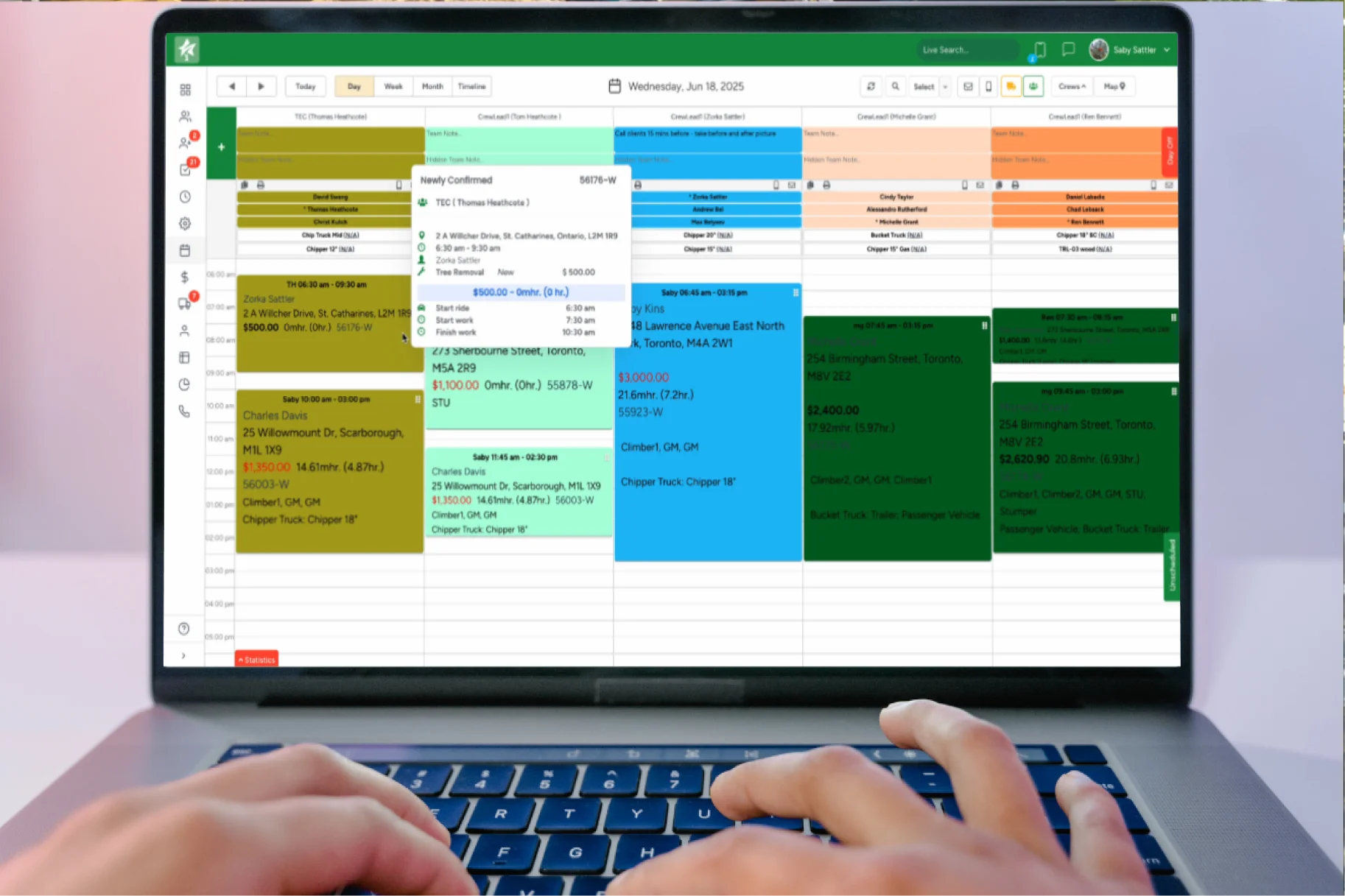
No Visibility, No Control
At scale, executives can’t visit every job site. Without real-time updates, it’s difficult to know which crews are on schedule, which are over budget, and where delays are costing money.
A CRM for tree service business solves this with dashboards that pull data from the field. Crews update job status from their phones, and managers get visibility across every project. Small problems can be addressed before they turn into expensive failures.
Admin Overhead Bloats Costs
Big companies often hire full office teams just to handle scheduling, payroll, and client communications. But many of those tasks could be automated.
By consolidating communication and workflows in one platform, a CRM reduces the need for extra admin staff and frees up existing teams to focus on high-value work.
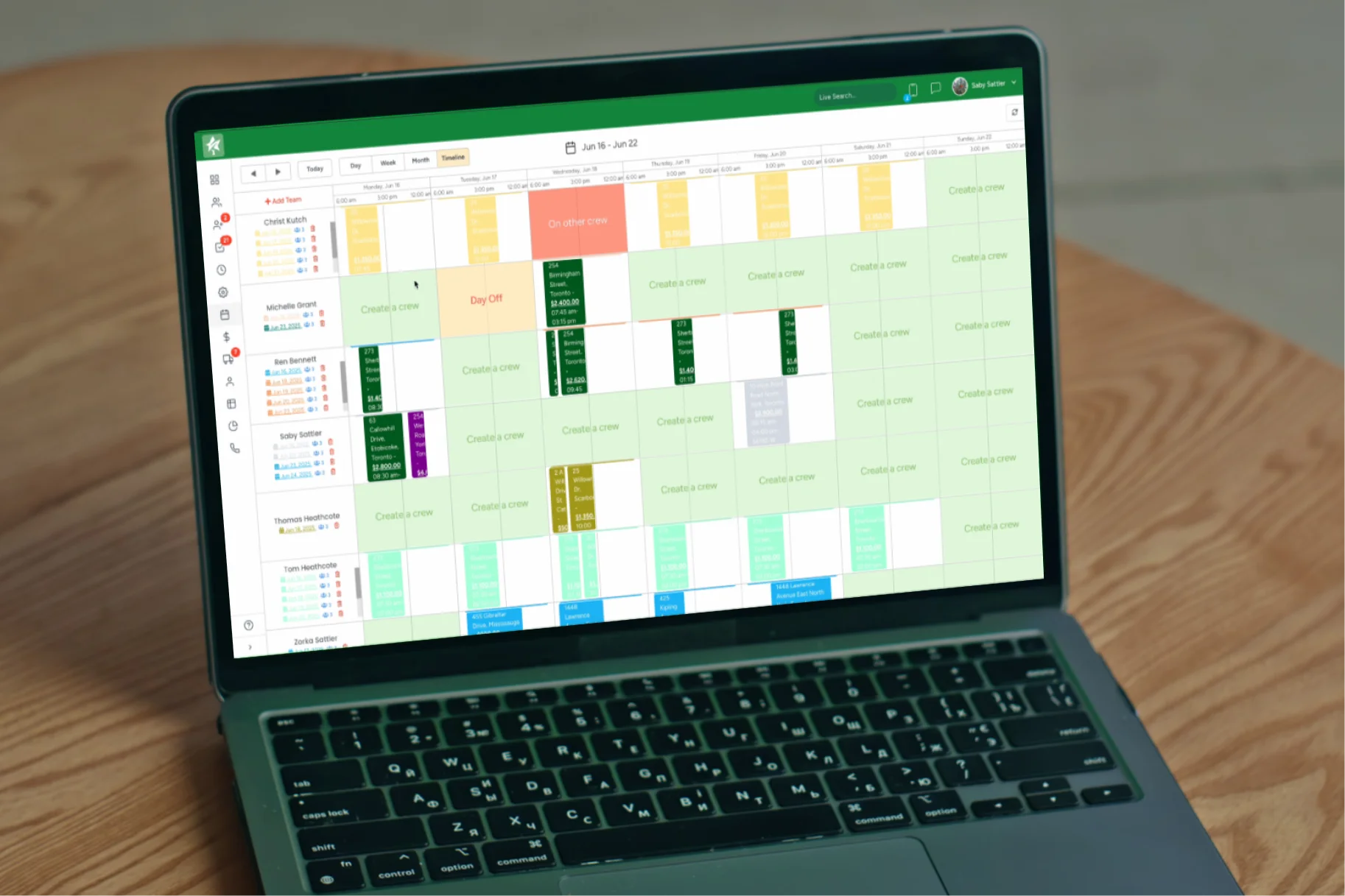
Flying Blind Without Data
Scaling a multi-million-dollar tree care company without analytics is risky. Without performance data, leaders don’t know which crews are most efficient, which services generate the best margins, or which regions are underperforming.
ArboStar’s Business Intelligence module gives leaders the insights they need to plan growth confidently. Instead of guessing, you’re scaling based on real numbers.
The Client Experience Suffers
Clients notice when estimates are inaccurate, appointments get missed, or communication breaks down. These frustrations turn into bad reviews, fewer referrals, and lost contracts.
With CRM, companies send polished estimates, keep clients updated, and ensure jobs run smoothly. The result is happier customers who stay longer and recommend your services.
From Inefficiency to Growth
Without CRM, large tree care companies bleed money slowly, through lost leads, payroll inefficiencies, billing delays, and client churn. With CRM, those same companies:
-
Close more deals through faster follow-ups.
-
Save on labor by eliminating wasted crew hours.
-
Collect payments faster with automated billing.
-
Build stronger reputations with consistent client service.
-
Scale with confidence thanks to analytics.
In short: CRM pays for itself many times over.

Final Thoughts
For executives leading large tree care companies, the decision isn’t whether CRM is “worth it.” The real question is: how much longer can you afford to keep losing money without one?
By treating CRM as a strategic investment rather than an expense, you transform daily chaos into a system that drives profits, efficiency, and long-term growth.


